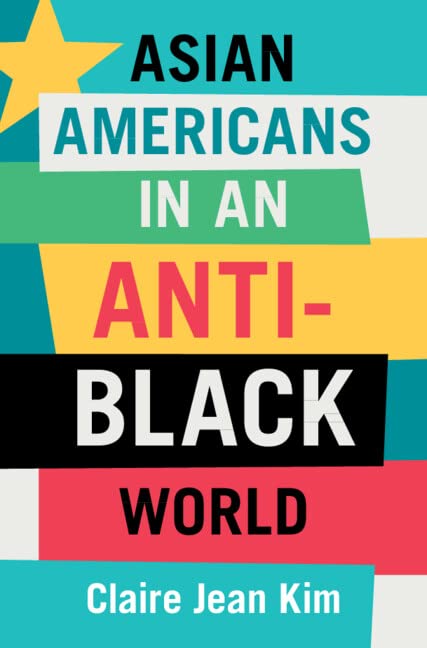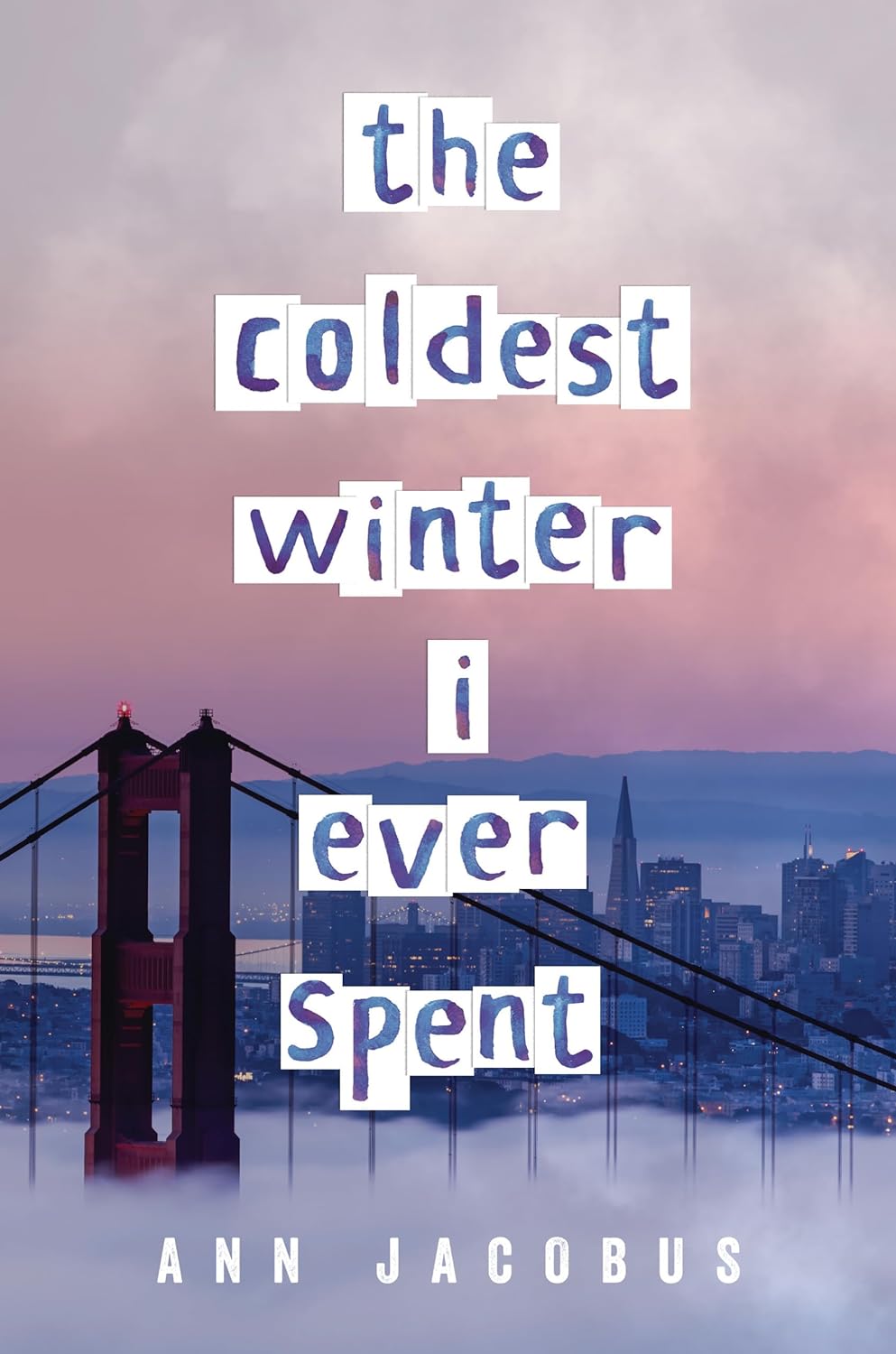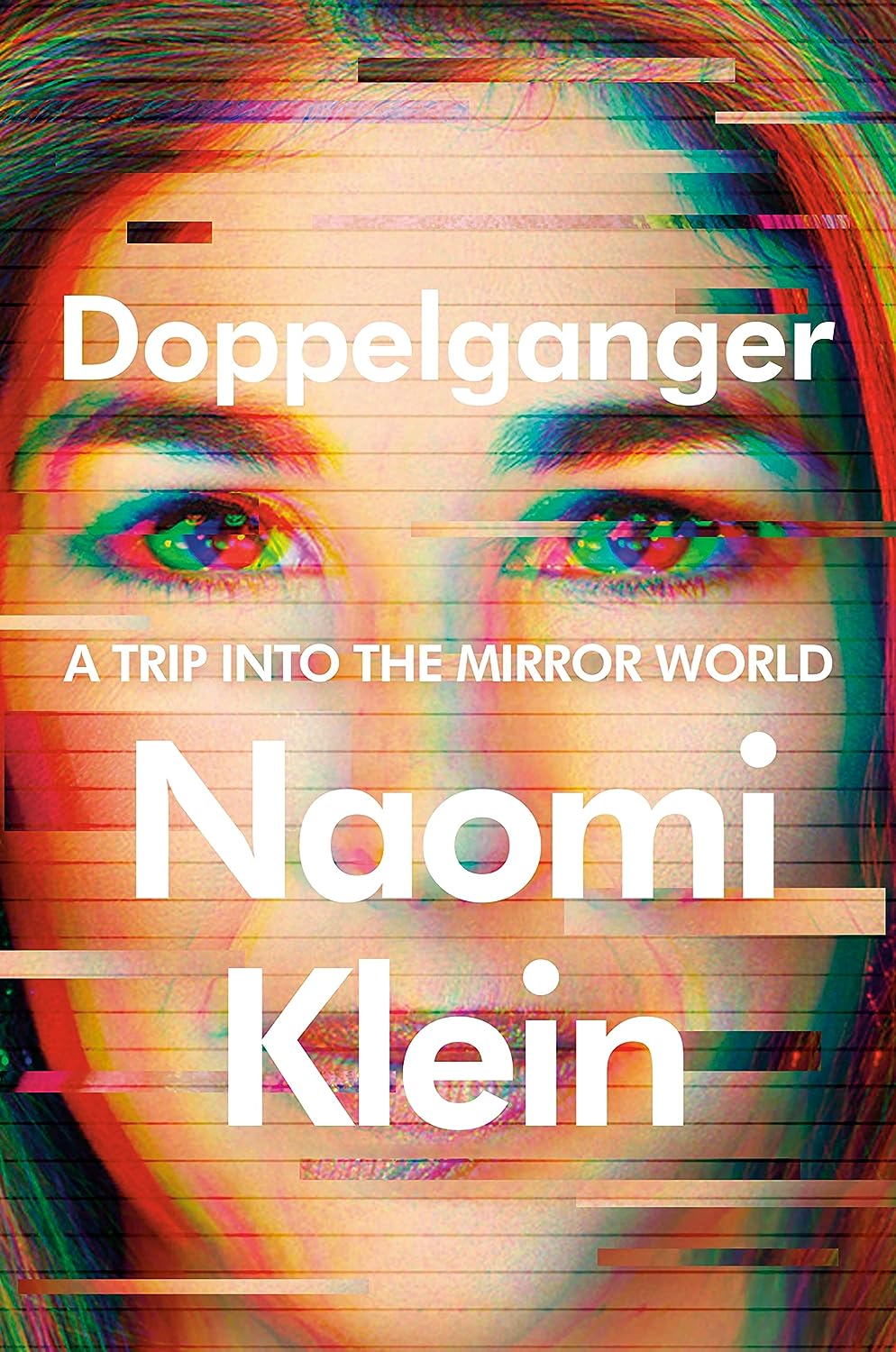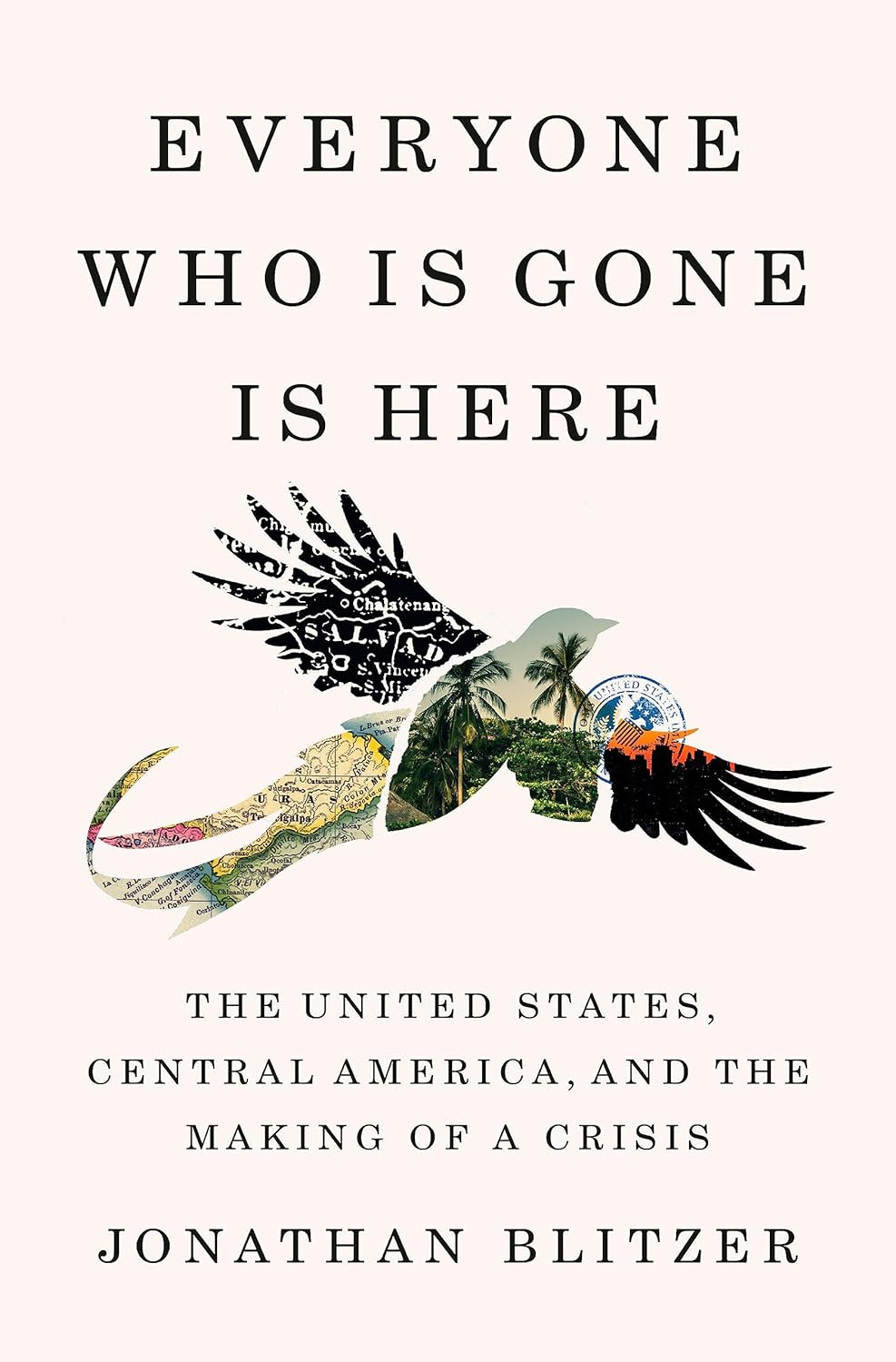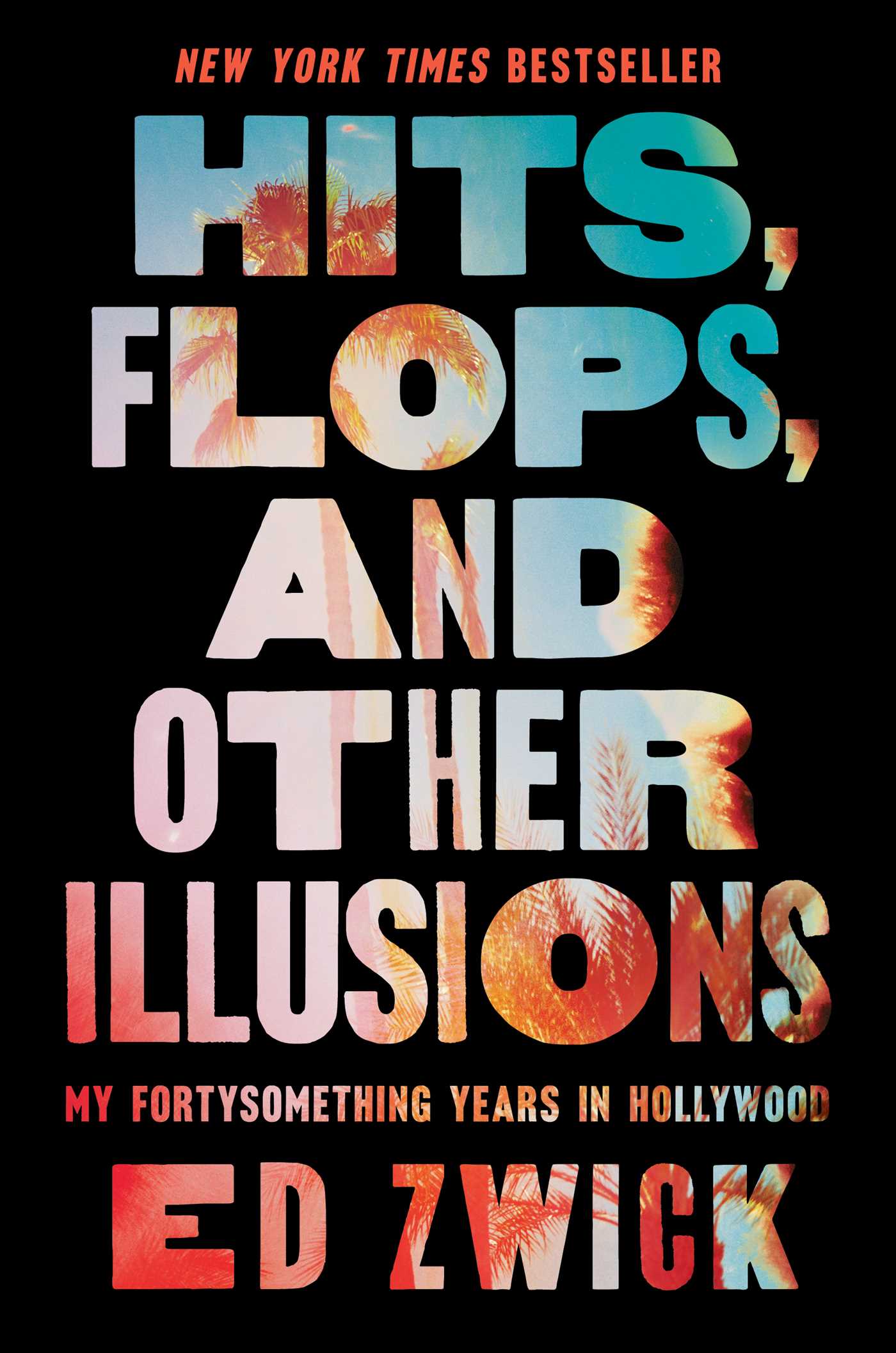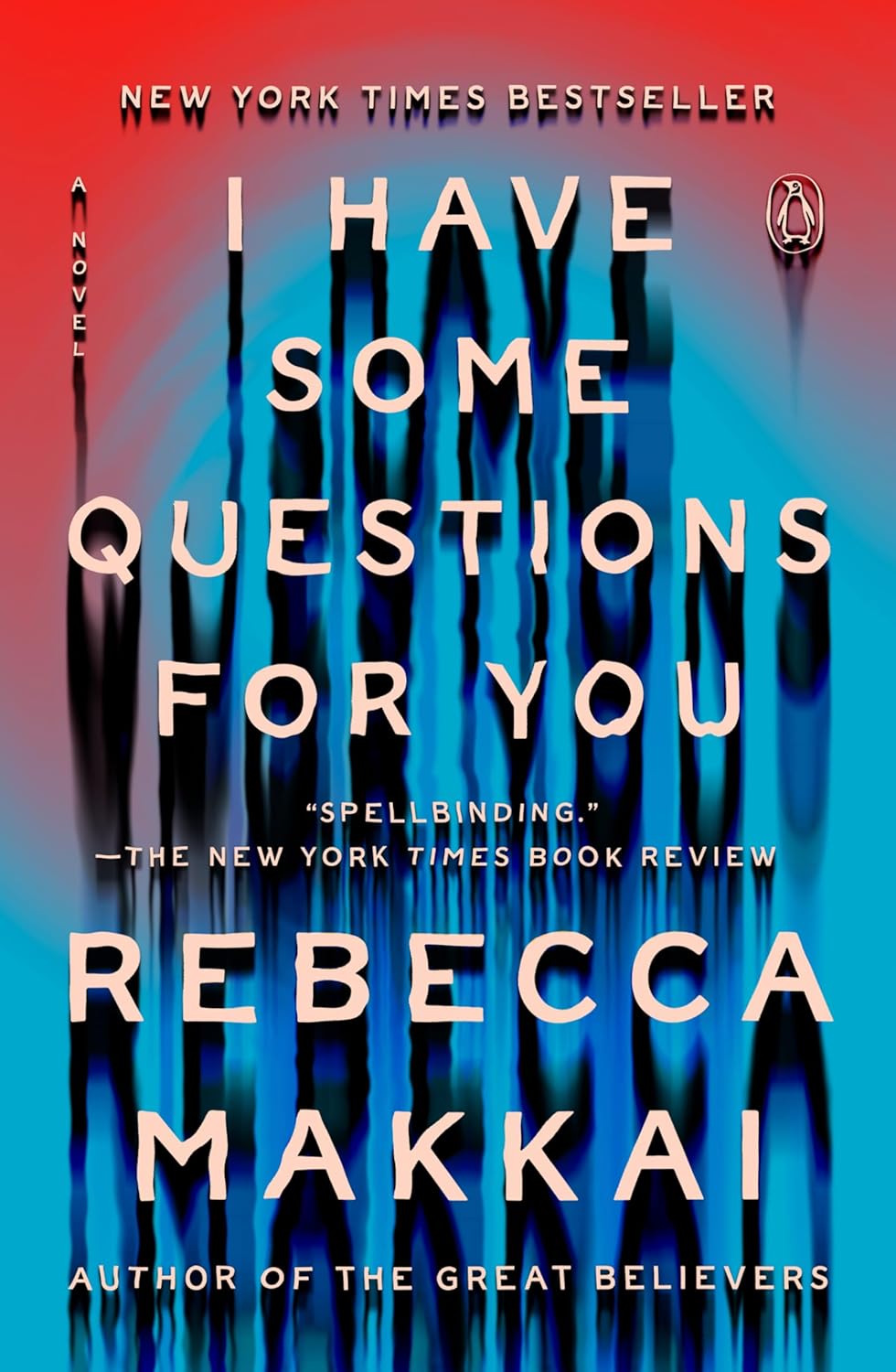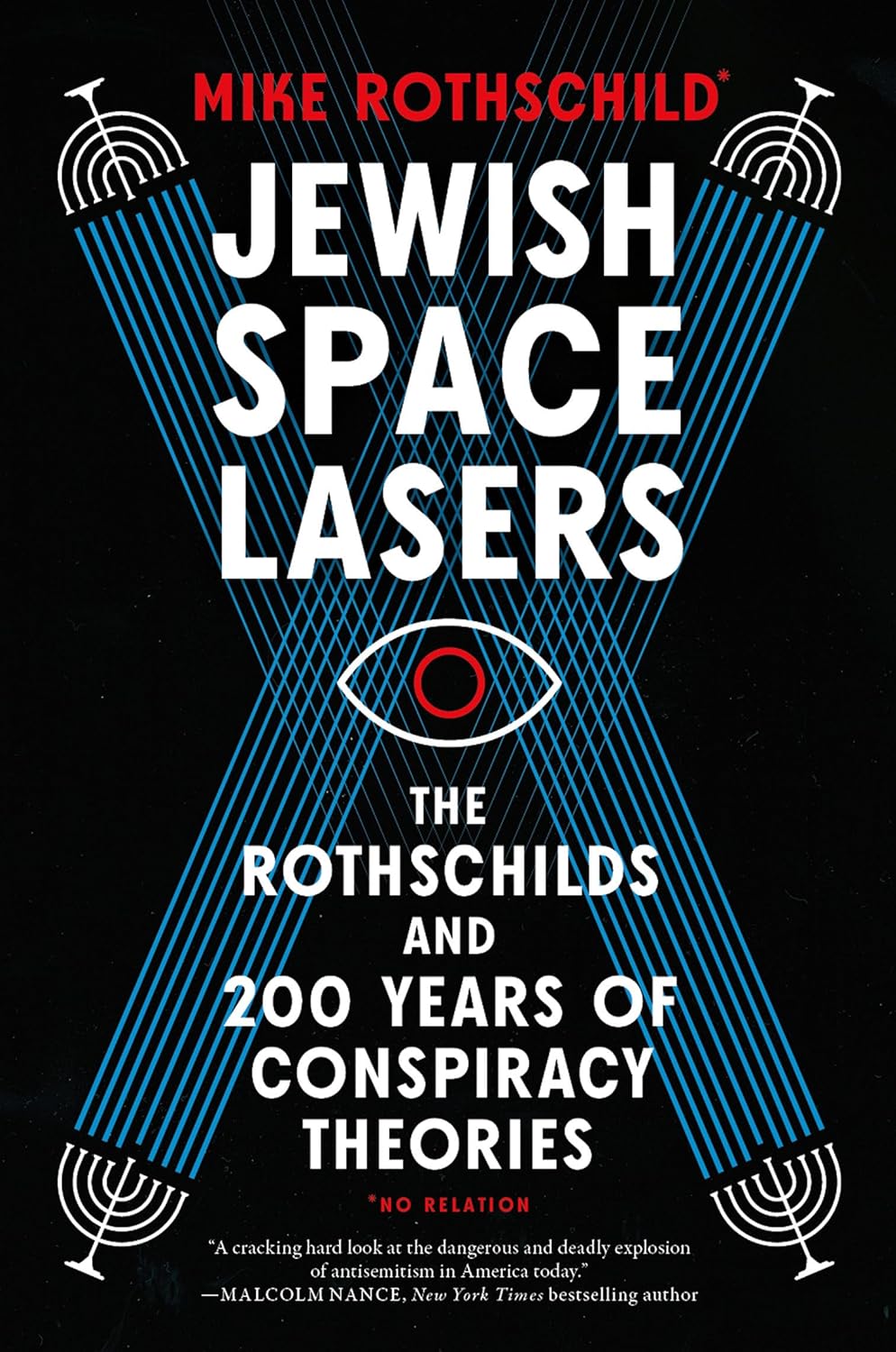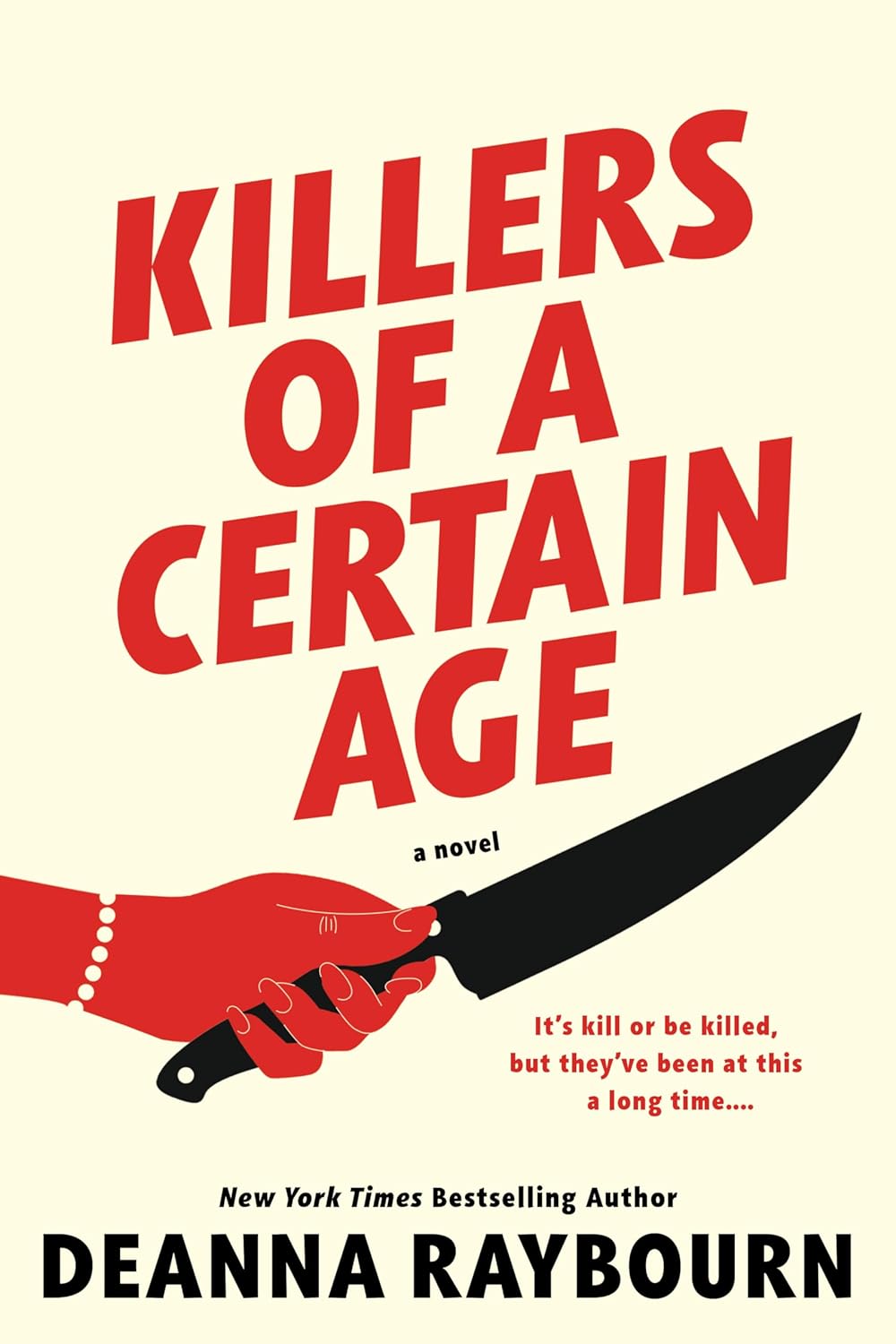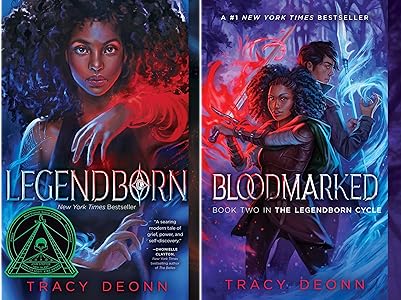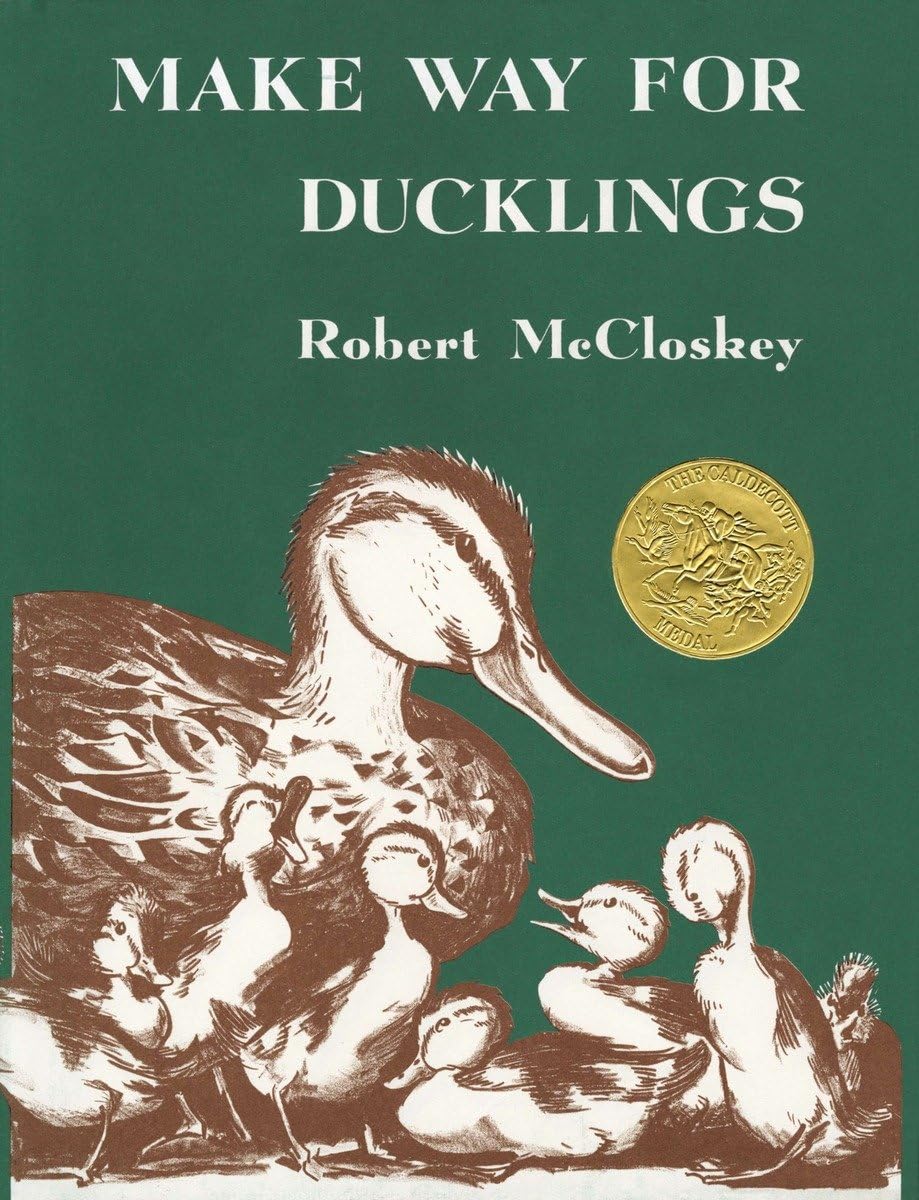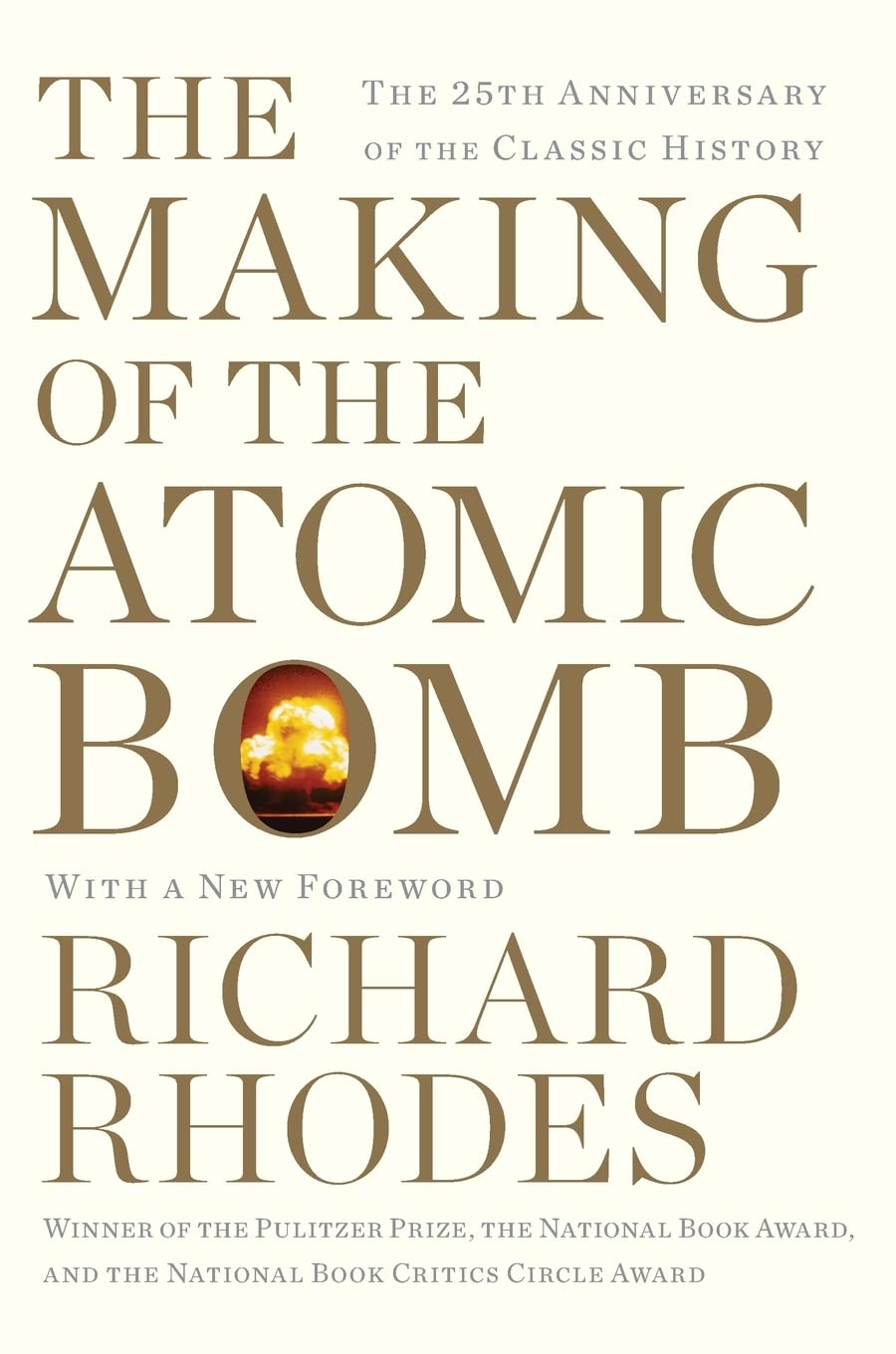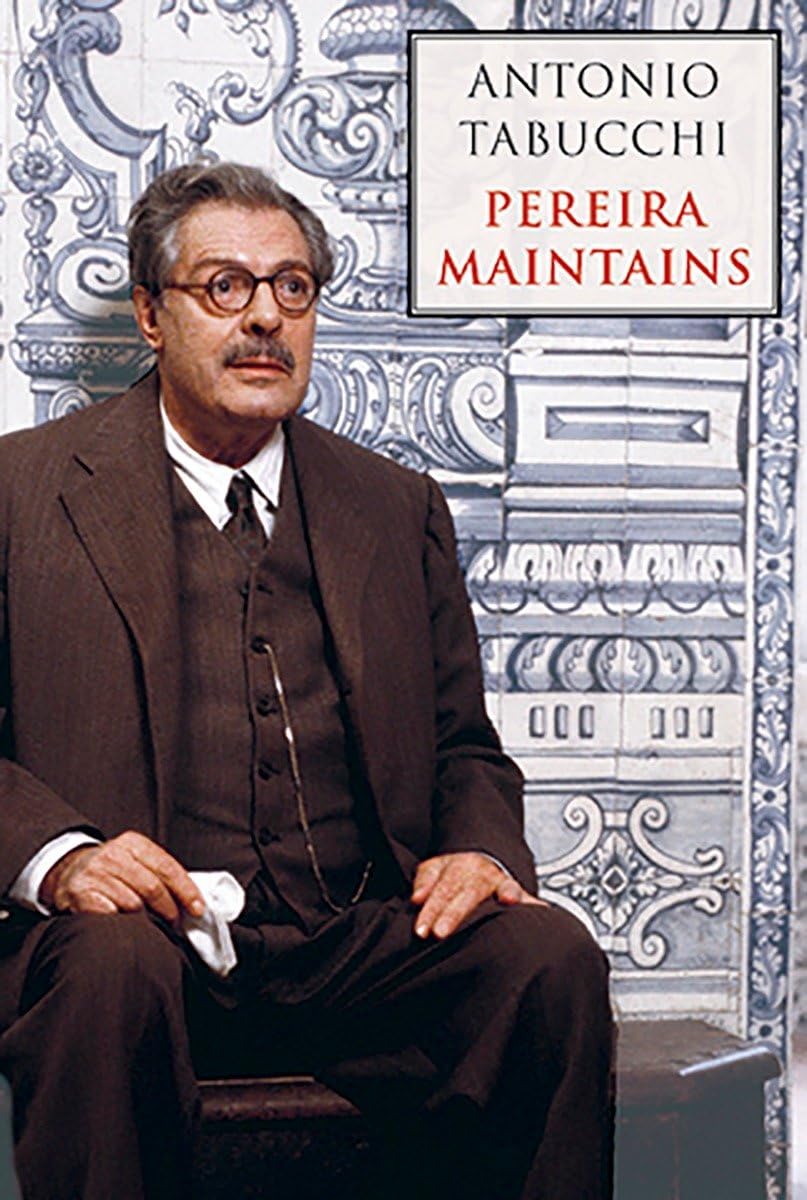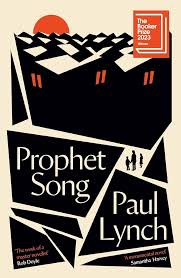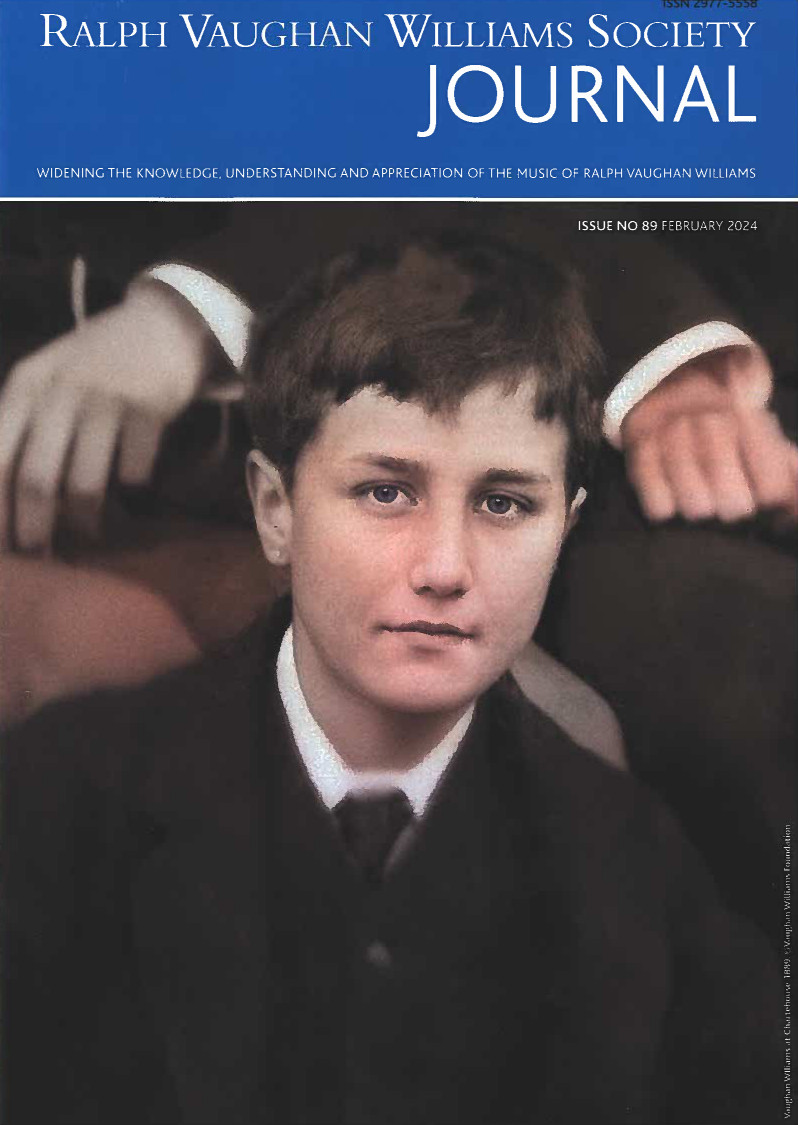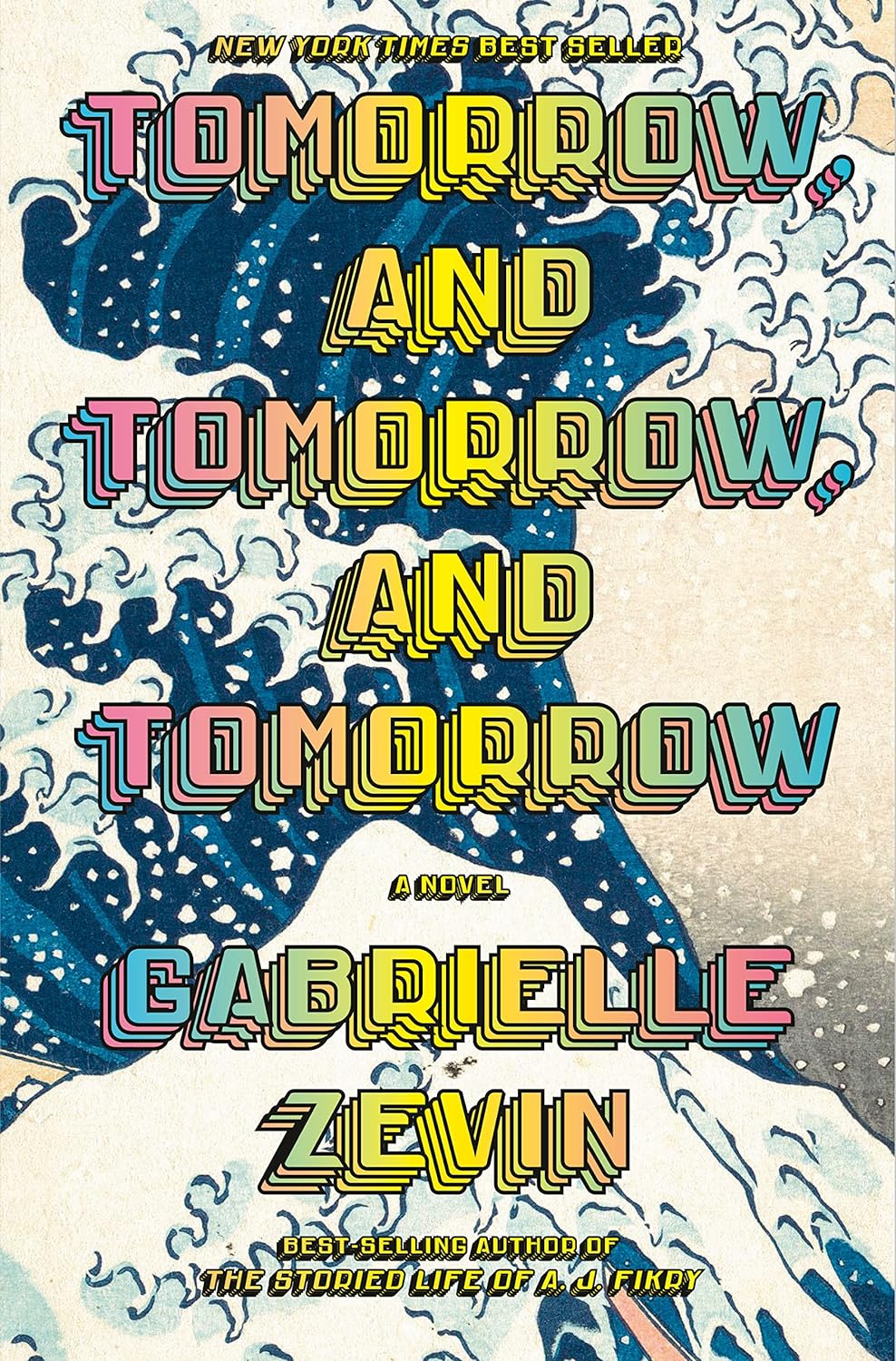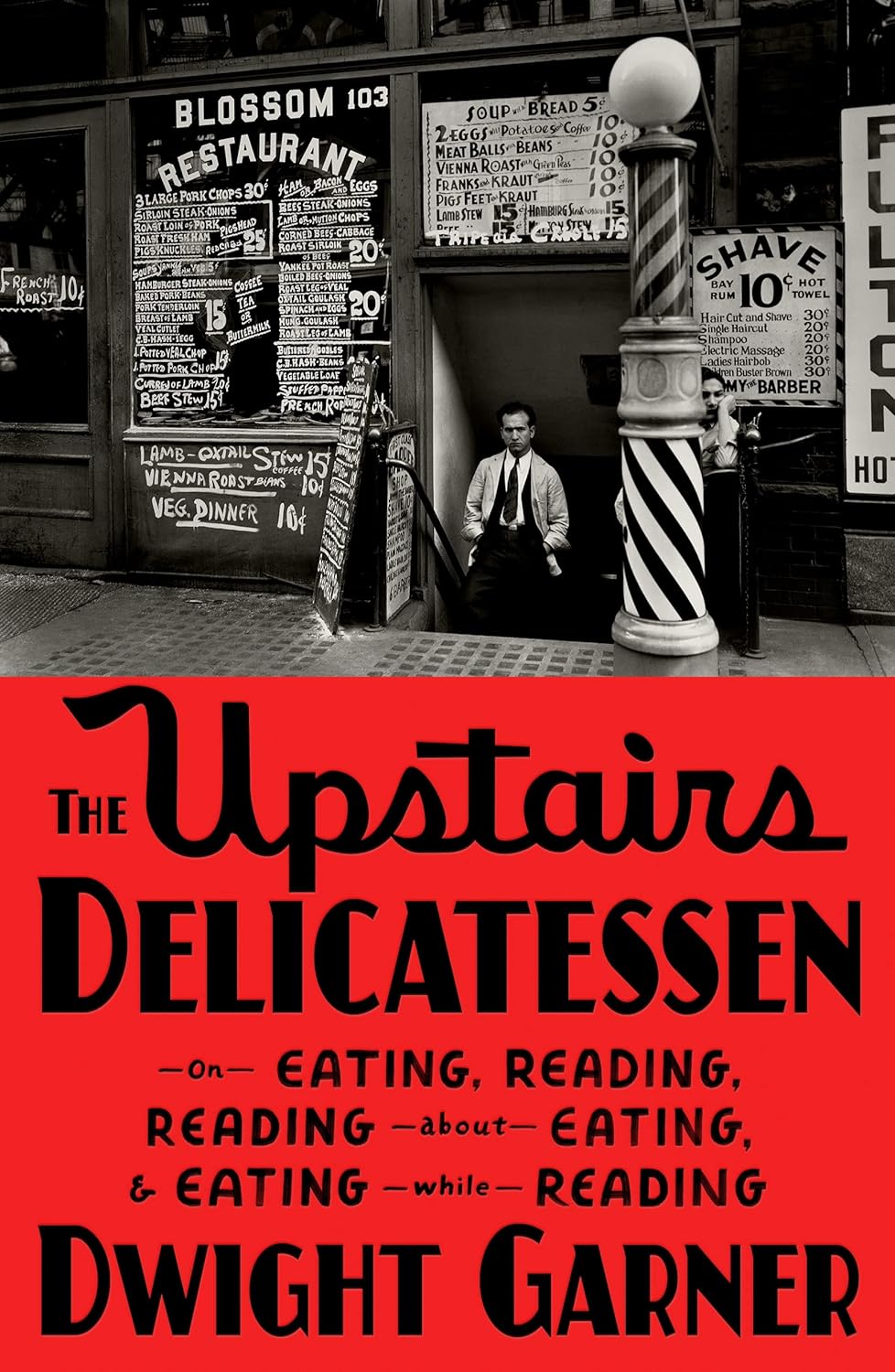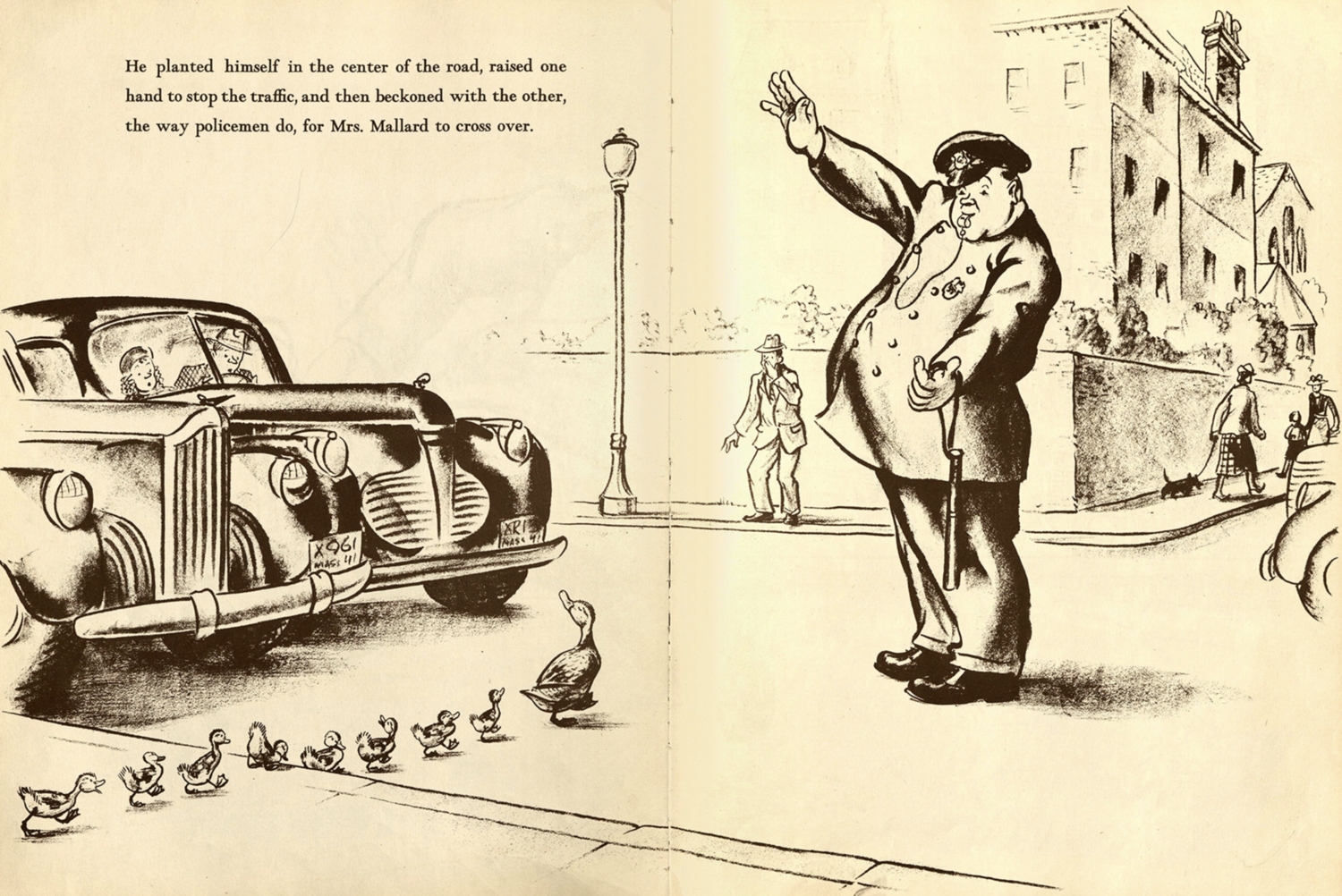Sweet Taste of Liberty: A True Story of Slavery and Restitution in America by W. Caleb McDaniel
Malcolm M. Feeley, Claire Sanders Clements Professor Emeritus
While working on a never-ending book on the role of private entrepreneurs in shaping the structures of and Anglo-American criminal justice system, I read extensively about Zebulon Ward, who pioneered and perfected convict leasing. A Republican and staunch Unionist, and a slaveholder, he made a fortune leasing predominantly white convicts in Kentucky in the early 1850’s. Following the War, he plied his trade, first in Tennessee, where he made a bundle, and then in Arkansas, where he became one of the state’s wealthiest residents. From his early years, he was obsessed about tracking down runaway slaves.
Henrietta Wood was born into slavery in Kentucky, sold twice in her youth and separated from her family when taken to New Orleans, where she worked for a family. There, the head of household in deep financial troubles, fled, leaving a wife, two children, and her slave, Henrietta Wood. The abandoned wife makes her way to Cincinnati, where she runs a successful boarding house, but is pursued by her husband’s creditors. She frees Wood, perhaps so Wood won’t be seized, and perhaps because she wants Wood to keep working for her.
Zebulon Ward learns that Wood, who was born in his hometown, has been freed, kidnaps her, and sells her down the river. Back to New Orleans, she is resold to a plantation owner who moves to Texas to avoid the War, and is held in slavery until 1868, when the War finally ends there, and she is freed for a second time. Through determination and good fortune, she makes her way back to Cincinnati, encounters Zebulon Ward by accident, receives aid from a sympathetic lawyer, and institutes a restitution suit for $20,000. After countless delays over nearly a decade, she finally prevails. Of sorts. In her suit against the by-then multi-millionaire, Zebulon Ward, the jury awards her $2500.
The aftermath. In a chance encounter, Ward reconnects with her brother from whom she had been separated by her sale decades earlier. She goes on to live a modest life in Chicago for many more years, and as a single mother raises a son who is the first Black graduate of Union College of Law (now Northwestern University School of Law), who had a long and successful career in Chicago.
I have only touched on the many perils and coincidences in this amazing account. It is a story worthy of Charles Dicken. Except it is not fiction. Neither is it a generalized account of good triumphing over evil. Nor does the author present it in this manner. Zebulon Ward is pure evil, and escapes meaningful accountability—the check for $2500 becomes an anecdote for Ward to recount to his horse racing crowd in New York City, the description of the slave auction house in Natchez is chilling, and the account of heartbreak and permanent misery caused by sale and forced separation of slave families is frightening. But, it is a gripping account of evil in a single case overcome by a strong woman whose incredible determination coupled with good fortune allowed her to prevail.
I am hardly alone in thinking highly of this book. Its author, W. Caleb McDaniel, professor of history at Rice University, received the Pulitzer Prize for it in 2020.


